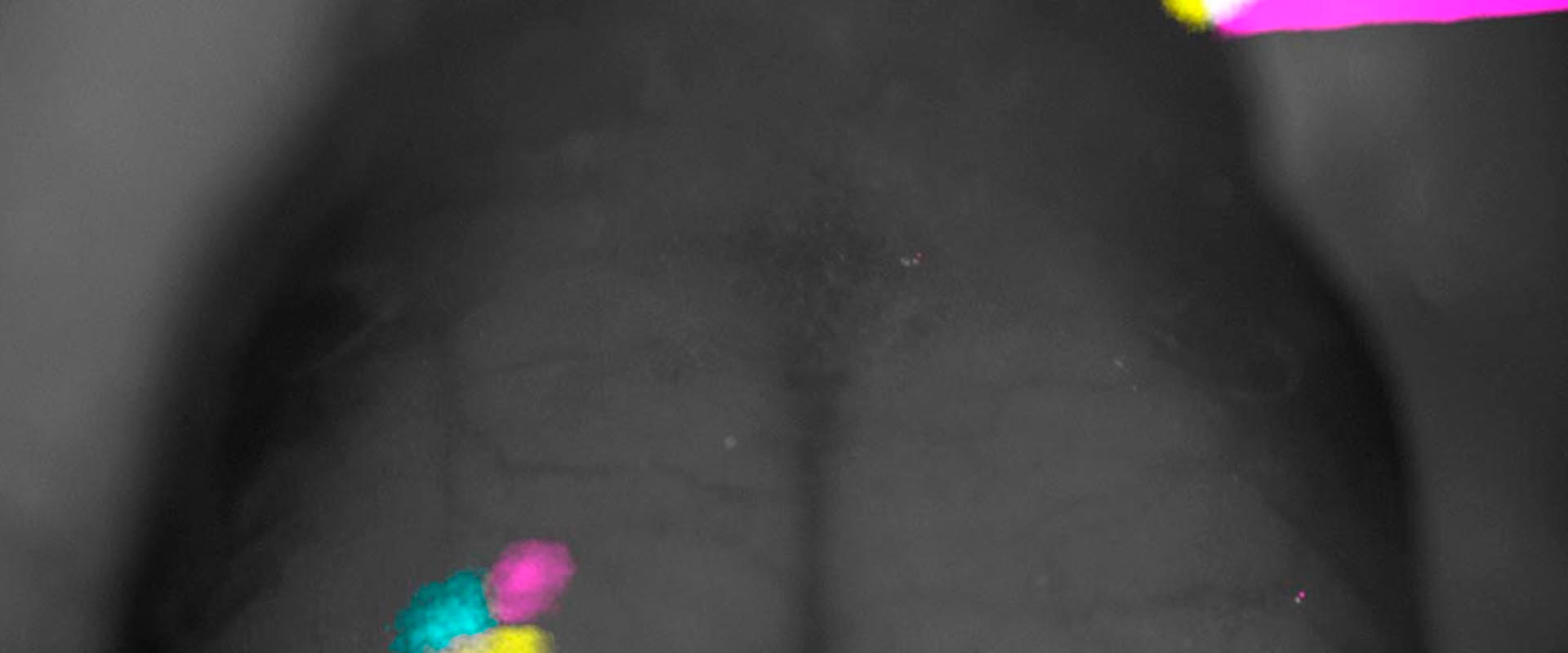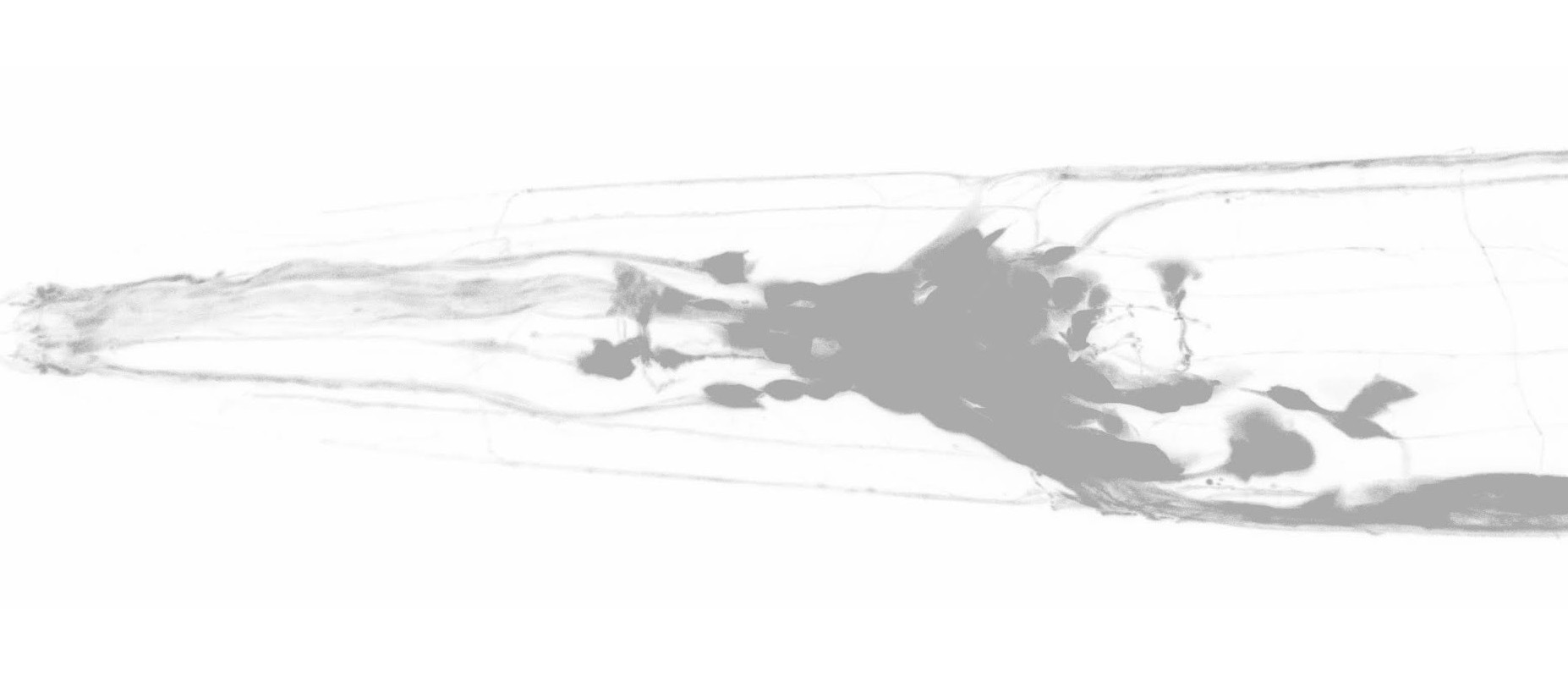FLRT3 Is a Robo1-Interacting Protein that Determines Netrin-1 Attraction in Developing Axons
Guidance molecules are normally presented to cells in an overlapping fashion, however little is known about how their signals are integrated to control the formation of neural circuits. In the thalamocortical system, the topographical sorting of distinct axonal subpopulations relies on the emergent cooperation between Slit1 and Netrin-1 guidance cues presented by intermediate cellular targets. However the mechanism by which both cues interact to drive distinct axonal responses remains unknown. Here, we show that the attractive response to the guidance cue Netrin-1 is controlled by Slit/Robo1 signaling and by FLRT3, a novel co-receptor for Robo1. While thalamic axons lacking FLRT3 are insensitive to Netrin-1, thalamic axons containing FLRT3 can modulate their Netrin-1 responsiveness in a context-dependent manner. In the presence of Slit1, both Robo1 and FLRT3 receptors are required to induce Netrin-1 attraction by the upregulation of surface DCC through the activation of PKA. Finally, the absence of FLRT3 produces defects in axon guidance in vivo. These results highlight a novel mechanism by which interactions between limited numbers of axon guidance cues can multiply the responses in developing axons, as required for proper axonal tract formation in the mammalian brain.

 English
English

